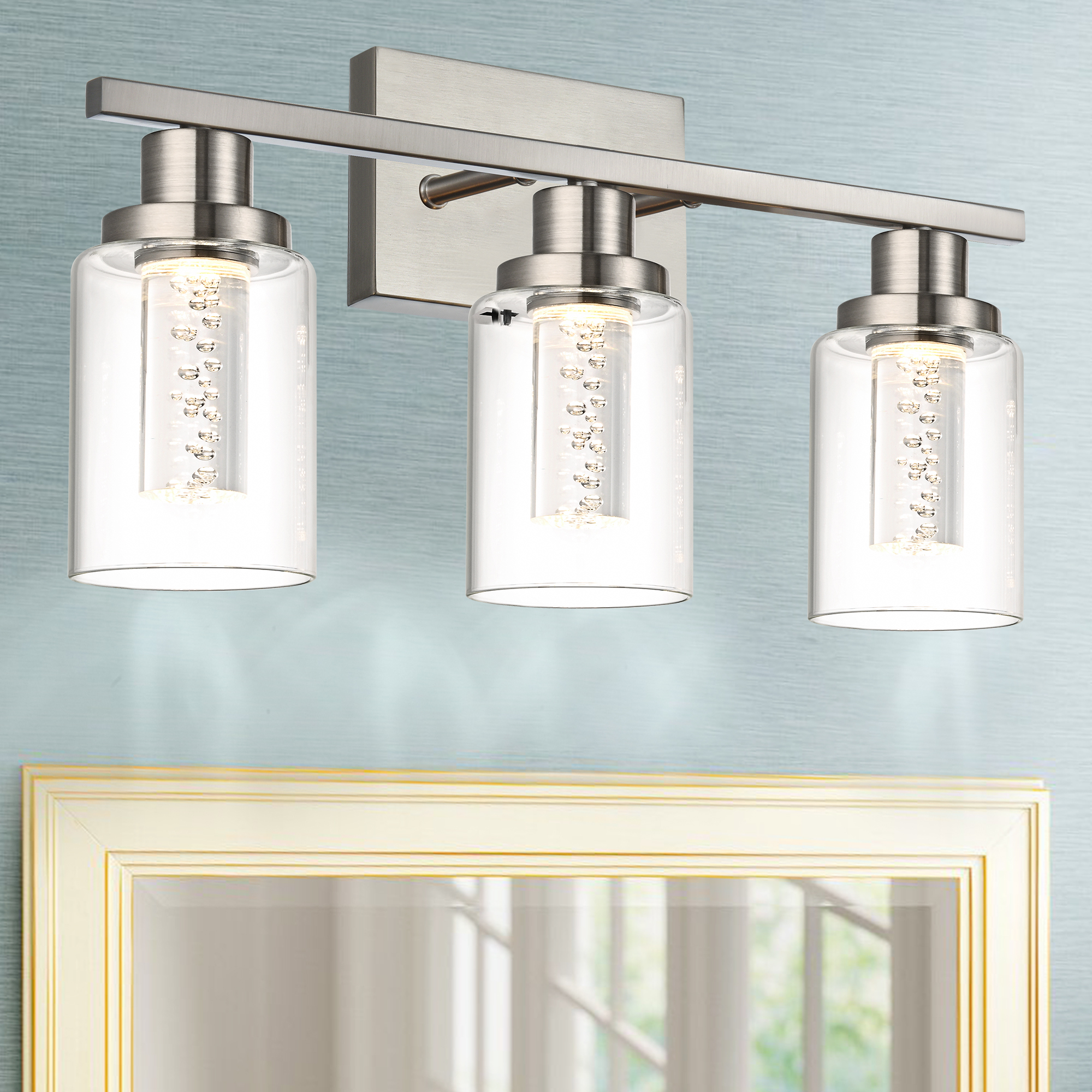how to light a kitchen island
How to Light a Kitchen Island: A Comprehensive Guide
Foreword:
The kitchen island is the heart of any modern kitchen, serving as a multifunctional space for cooking, dining, and socializing. Lighting is a crucial element that can transform the ambiance and functionality of this central area. This guide will delve into the best practices for lighting a kitchen island, ensuring that it not only looks stunning but also serves its intended purpose efficiently.
Understanding the Importance of Kitchen Island Lighting
The kitchen island is often the focal point of the kitchen, and its lighting can significantly impact both the aesthetic and practical aspects of this space. Proper lighting not only enhances the visual appeal but also ensures that tasks such as cooking and chopping are carried out safely and efficiently. Here’s how to get it right:
1. Assess Your Kitchen Island Layout
Before diving into lighting options, it’s essential to understand the layout of your kitchen island. Consider the size, shape, and placement of the island within the kitchen. This will help you determine the type and number of lighting fixtures needed.
- Size: A larger island may require more lighting or larger fixtures to ensure even illumination.
- Shape: The shape of the island can influence the placement and style of the lighting.
- Placement: If the island is located in a central area, it may require more prominent lighting to stand out.
2. Types of Kitchen Island Lighting
There are several types of lighting that can be used to illuminate a kitchen island, each offering its own benefits and aesthetic appeal.
a. Pendant Lights

Pendant lights are a popular choice for kitchen islands due to their visual impact and functionality. They come in various styles, from modern and sleek to rustic and traditional.
- Multiple Pendants: For a larger island, consider installing multiple pendants in a symmetrical pattern to create a balanced look.
- Style: Choose pendants that complement the overall design theme of your kitchen. For a modern kitchen, opt for sleek, metallic designs, while a traditional kitchen might benefit from more ornate fixtures.
b. Recessed Lighting
Recessed lighting, also known as canned lights, provides a clean and unobtrusive lighting solution. They are ideal for illuminating the entire island surface without drawing attention to the fixtures themselves.
- Layout: Place recessed lights evenly across the island to ensure consistent lighting.
- Dimmable Options: Consider installing dimmable recessed lights to adjust the brightness according to your needs.
c. Under-Cabinet Lighting
Under-cabinet lighting is perfect for task lighting, illuminating the island’s surface for cooking and other tasks. It also adds a warm, ambient glow to the kitchen.
- LED Strips: LED strip lighting can be easily installed under the cabinets and provides a soft, even glow.
- Spotlights: Spotlights can be directed to specific areas of the island for focused task lighting.
d. Linear Lighting
Linear lighting, such as LED bars or rope lights, can create a modern and sleek look. They are ideal for illuminating the perimeter of the island or highlighting specific features.
- Customization: Linear lighting can be customized to fit the shape and size of your island.
- Color Temperature: Choose the right color temperature to complement the kitchen’s overall design.
3. Key Considerations for Kitchen Island Lighting
When selecting and installing kitchen island lighting, several factors should be considered to ensure the best outcome.
- Ambiance: Consider the mood you want to create in your kitchen. Soft, warm lighting can create a cozy atmosphere, while brighter, cooler lighting is ideal for task-oriented spaces.
- Functionality: Ensure that the lighting is bright enough to perform tasks safely and efficiently.
- Energy Efficiency: Opt for energy-efficient lighting options, such as LED bulbs, to save on electricity costs.
- Safety: Install lighting fixtures according to electrical codes and ensure they are safe to use in a kitchen environment.
4. Incorporating Technology
Modern lighting solutions often come with smart features that can enhance the functionality and convenience of your kitchen island lighting.
- Smart Bulbs: Smart bulbs can be controlled via smartphone apps, allowing you to adjust brightness, color, and even set schedules.
- Voice Control: Integrate your lighting system with smart home devices like Amazon Alexa or Google Home for hands-free control.
5. Creative Lighting Ideas
For those looking to make a statement with their kitchen island lighting, here are some creative ideas:
- Chandelier: A grand chandelier can serve as a stunning centerpiece for a large kitchen island.
- Hanging Lanterns: For a more rustic or coastal look, consider installing hanging lanterns over the island.
- String Lights: String lights can add a touch of whimsy and warmth to the island area, perfect for evening gatherings.

Conclusion
Lighting a kitchen island is not just about functionality; it’s also about creating an inviting and visually appealing space. By understanding the layout of your island, selecting the right type of lighting, and considering factors like ambiance and technology, you can create a kitchen island that is both practical and beautiful. With these tips, you’re well on your way to achieving the perfect lighting for your kitchen island.

